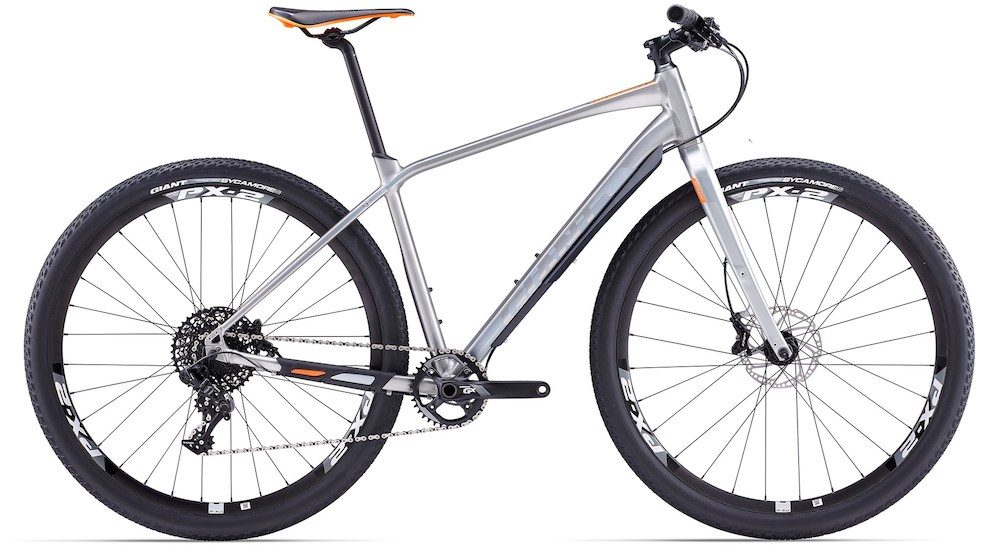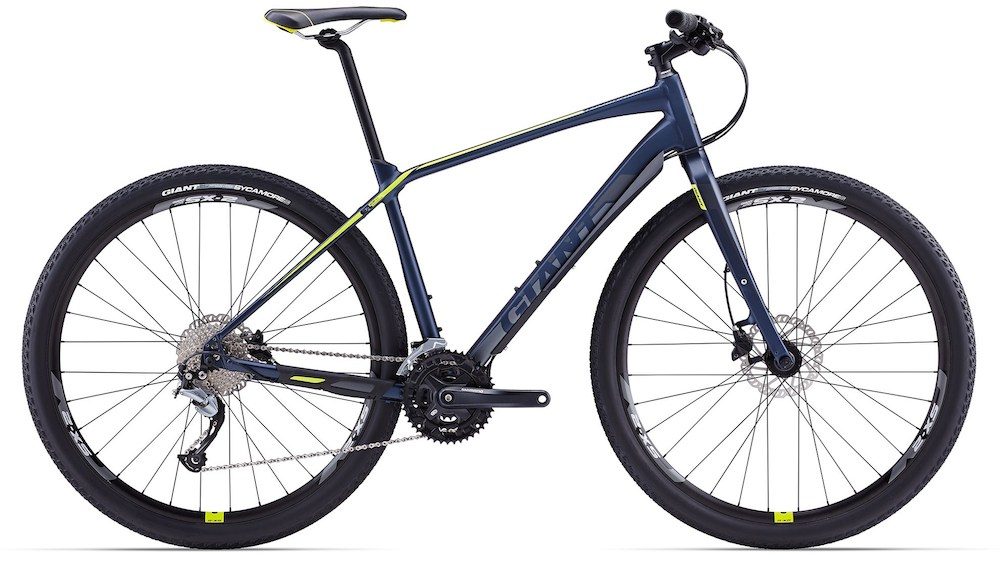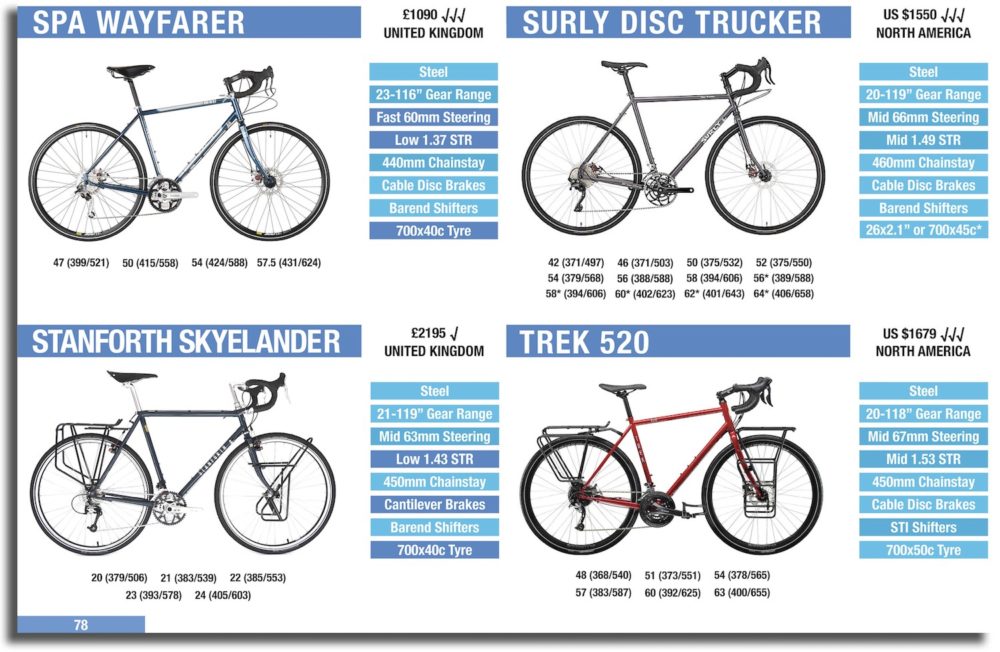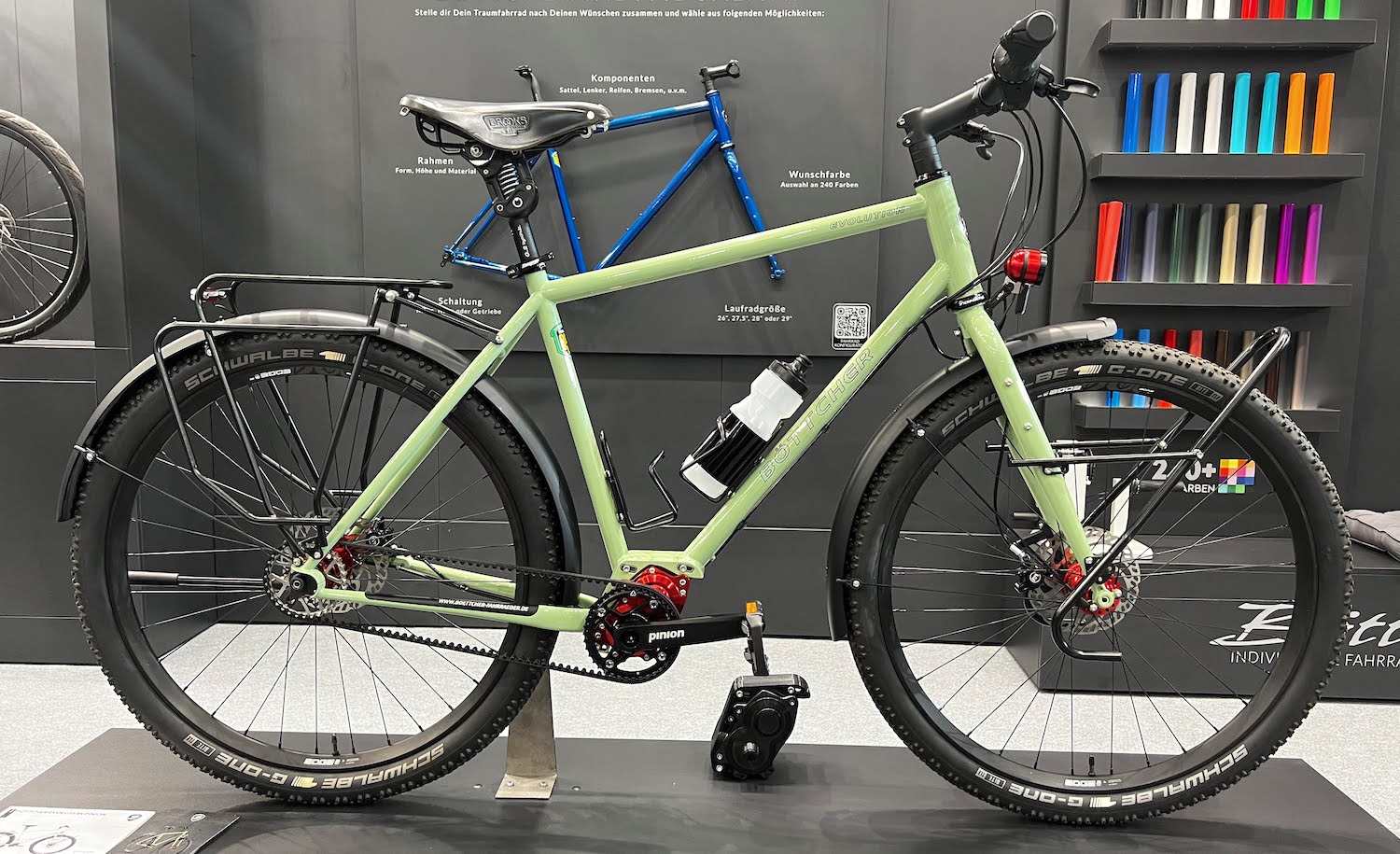Table of Contents
Giant, the world’s largest bike manufacturer, entered the off-road adventure touring bike game last year by releasing the Giant ToughRoad SLR. This series of bike is essentially a 29er mountain bike with a rigid carbon fork, a high handlebar and provision for front and rear racks.
The 2017 Giant ToughRoad offers a great geometry for off-road touring with slow steering speeds, a low bottom bracket height and chainstay lengths that are long enough to provide great stability. The 29×2.0 tyres and wide gear ranges will conquer most dirt roads, heck, the bike would probably dominate on smooth roads with some slick tyres too.
For 2017, there’s a few changes, including the addition of an XS size to the range. This size is going to especially help smaller riders with ‘standover’ as the top tube sits about 3cm lower. Giant have also reduced the cost of the SLR 1, made some minor specification changes across the board and added a flagship model for the Australian market.
For me, the most intriguing thing about the ToughRoad SLR is the sizing. While the bikes come in five different sizes, there’s very little difference in frame ‘reach’ because Giant still use a sizing system based on the effective top tube length. The problem with this sizing system is that it doesn’t account for headtube length, and generally results in the smallest sizes being too long, or the largest sizes being too short. In the case of the Giant ToughRoad SLR, the large sizes are very short!
To illustrate my point, let’s compare sizes between the Salsa Marrakesh and Giant ToughRoad SLR.
Stack and reach are the best metrics we have to universally compare bike sizing, as we can see them on an XY-plane. You’ll see that the Giant’s reach doesn’t really vary between all sizes, in fact the L-XL sizes are shorter than the XS-M! In comparison, the Salsa Marrakesh gets progressively longer and taller which provides more proportionate sizing across the range.
What does this all mean? Well, the 2017 Giant ToughRoad SLR is a very upright bike, especially-so in the larger sizes. Keep this in mind when selecting your size.
The 2017 Giant ToughRoad SLR Touring Bikes

The flagship model will be available only in Australia (of all places!). It utilises the same frame and fork as the lower models, but features a SRAM GX 1×11 drivetrain, more powerful TRP hydraulic brakes and upgraded rims. The 1×11 drivetrain has suitable gearing for one set of panniers and most hills (25 to 95 gear inches), but you may want to put a smaller front chainring on if you’re loading the bike up and heading into the Himalayas. The SLR 0 retails for AU $1999 (about US $1500).

The 2017 Giant ToughRoad SLR 1 is ready for touring off-the-shelf, as it comes with front and rear racks, as well as gears for most occasions (23-111 gear inches). The key changes for 2017 include a switch to TRP hydraulic brakes, the new Giant Sycamore gravel tyres and a more performance-oriented saddle.
This model has actually received a price drop to US $1190.

The 2017 Giant ToughRoad SLR 2 is the model with the lowest gear ratios. Due to the triple crankset, it has a proper off-road touring gear of 19 gear inches and a top gear of 116 gear inches. That’s a pretty ideal gear range for bicycle touring with four panniers in the hills. For 2017, there’s been very little change to the bike, even the colour is the same.
The bike is competitively priced at US $870.
Want To Compare These Touring Bikes With Dozens of Others?
Check out The Touring Bicycle Buyer’s Guide which compares touring bike steering, sizing, gear ratios, specification, pricing and more. The Bikepacking Bike Buyer’s Guide does the same thing, however, with a focus on lighter bikes and models with more off-road capability. Both of these guides are updated annually with the latest models at no extra cost!
Helpful Resources
All About Touring Bike Brakes
Frame Materials for Bicycle Touring
How to Select Touring Bike Gearing
Understand Bicycle Frame Geometry
What’s the Difference between Cyclocross and Touring Bikes?
Touring & Bikepacking Bike Overview
2016 Advocate Lorax
2018 All City Gorilla Monsoon
2016 Basso Ulisse
2016 Bianchi Volpe and Lupo 2016
2016 Bombtrack Beyond
2017 Bombtrack Beyond
2018 Bombtrack Beyond
2018 Bombtrack Arise Tour
2019 Bombtrack Beyond
2016 Brodie Elan Vital
2016 Cannondale Touring
2019 Cannondale Topstone
2020 Cannondale Topstone
2016 Cinelli Hobootleg Geo
2018 Co-Op ADV 4.2
2017 Curve Grovel V2
2017 Diamondback Haanjo EXP Carbon
2016 Fuji Touring
2017 Fuji Touring
2018 Fuji Touring
2018 Fuji Touring Disc
2016 Genesis Tour de Fer
2016 Giant ToughRoad
2017 Giant ToughRoad
2018 Giant ToughRoad and ToughRoad GX
2016 Jamis Aurora and Aurora Elite
2019 Jones Plus SWB
2020 KOGA WorldTraveller-S
2016 Kona Big Rove
2016 Kona Roadhouse and Sutra LTD
2016 Kona Sutra
2017 Kona Sutra
2018 Kona Sutra
2018 Kona Sutra LTD
2019 Kona Sutra and Sutra LTD
2020 Kona Sutra and Sutra LTD
2020 Kona Unit X
2016 Marin Four Corners
2017 Marin Four Corners
2018 Marin Four Corners
2016 Masi Giramondo
2018 Masi Giramondo
2016 Niner RLT9
2016 Rawland Ulv and Ravn
2016 Salsa Deadwood
2017 Salsa Fargo
2018 Salsa Fargo Ti Frameset
2018 Salsa Journeyman
2016 Salsa Marrakesh
2017 Salsa Marrakesh
2018 Salsa Marrakesh
2020 Salsa Marrakesh
2017 Salsa Vaya
2019 Salsa Warbird
2016 Specialized AWOL
2017 Specialized AWOL
2017 Specialized Diverge
2018 Specialized Diverge
2019 Specialized Diverge
2017 Specialized Sequoia
2018 Specialized Sequoia
2019 Specialized Sequoia
2018 Surly Bridge Club
2017 Surly Troll
2016 Traitor Wander
2019 Trek 520
2016 Trek 920, 720, 520 & CrossRip
2017 Trek CrossRip
2018 Trek 920
2018 Trek 1120







